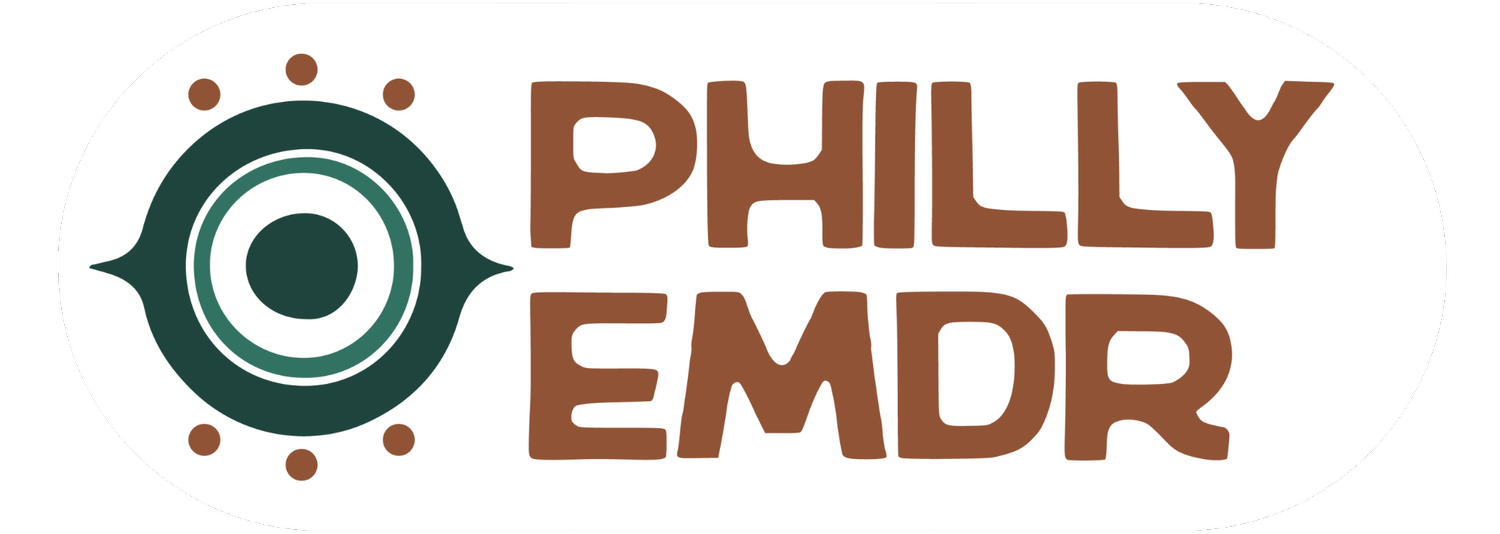Weekly Therapy Will Only Take You So Far
A lot of my clients come from referrals from their primary therapists. People are sometimes confused by that because they think that since someone is already in therapy why would they need another therapist. What commonly happens is that the primary therapist realizes that the work that they do with the client isn’t getting the client closer to their goals. Weekly psychotherapy is incredibly useful and healing and has been helpful for people for decades, but sometimes weekly therapy only takes you so far.
Breaking Unhelpful Patterns
Weekly therapy it’s helpful when a person can integrate their thoughts feelings and behaviors. What I mean by that is that a person can notice that they think that they feel and that they act in certain ways at certain times under certain circumstances.
For many people breaking down their thoughts, feelings, and behaviors with a trained therapist allows them to break out of unhelpful patterns in their thoughts feelings or actions and create better outcomes for their lives by adjusting those areas. This kind of therapy can revolve around your thoughts, feelings, and actions, or it could focus on one of those areas.
Therapies such as cognitive behavioral therapy (CBT) and dialectical behavior therapy (DBT) are examples of weekly therapies that are designed to help you examine your thoughts feelings and behaviors and make the necessary adjustments to improve the outcomes in your life.
Relationship-Focused Therapies
Other kinds of therapy that people have weekly are focused more on the relationship that people have with the therapist. These client-centered / relational types of therapy allow the client to explore how they work in relationships using the therapist as a proxy for other people in their lives and can explore new and different ways to communicate and respond in situations with the safety of their therapist. In these relational kinds of therapy, people can experience what it’s like to respond indifferently and get real-time feedback from their therapist to help refine their approach to things like conflict, triggers, and other difficulties that can arise in the various kinds of relationships we have in our lives.
New & Popular Weekly Therapies
Growing in popularity for weekly therapeutic sessions are the kinds of therapy that help you tap into your creativity and your body. Somatic therapy, art therapy, and music therapy are all examples of therapies that people can do that help heal them through creative and physical experiences. While not as widely available as the relational or the cognitive and behavioral types of therapy, somatic and creative therapies are very useful for people who have a hard time talking about the struggles they have, or don’t know how to find the words to express how they feel sometimes.
Therapy that “Borrows” to Help Heal
Each of these therapies are great. As a licensed professional counselor, I have been trained in multiple types of these therapies and have provided these kinds of therapies to clients with success in my practice and in previous clinical experiences that I’ve had. However, the only therapy that I know takes a little bit from each of these therapies is EMDR therapy.
Before we get to reprocessing past traumatic memories, we start by doing resourcing. This is a time when the client gets used to the bilateral stimulation, learns to trust and follow the therapist’s voice and instructions, and gains positive, protective, and other necessary emotional, intellectual, and relational resources they think they’ll need to be successful in reprocessing traumatic experiences. This is phase two of EMDR. When we are reprocessing a past traumatic experience or a current trigger of your trauma I ask the same seven questions. This is known as phase three in the EMDR. These seven questions are:
What is the image that represents the worst part of your experience in this memory?
What words go with that image that represent a negative belief you have about yourself now (What do make this memory mean about you as a person?)
What would you rather believe about yourself?
From 1-7 how true is that new belief?
What emotions do you feel when you think of this memory?
From 0-10 how disturbing does this memory feel to you?
Where do you feel that in your body?
Healing in Phases
In these phases of EMDR, we are building the relationships between therapist and client, beginning to change the client’s relationship to their thoughts, feelings, and actions, and helping them understand how their body is connected to their experience of the trauma. It may seem like a weird list of questions and resourcing may sound very strange, but the EMDR intensive therapy is designed to address the head, the heart, and the mind. A lot of my clients tell me that they intellectually know that they are safe, that the trauma wasn’t their fault, that their needs a child weren’t too much, but they don’t feel like it’s true deep down… Our intelligence can understand something without our emotional self feeling it, or our physical body trusting it.
EMDR helps get your mind, body, and emotions on the same page about what you experienced so you don’t have to keep lying to yourself, convincing yourself of something you don’t believe, or worry that something else is going to happen if you stop looking for the other shoe to drop.

